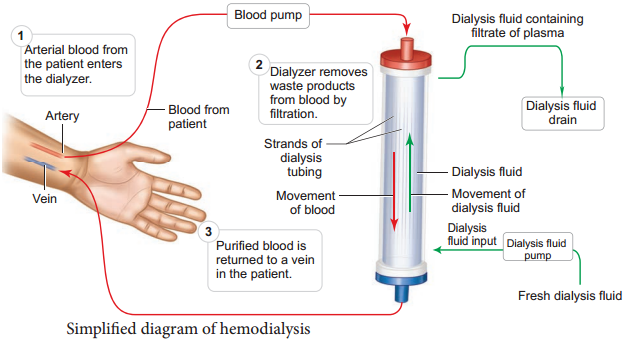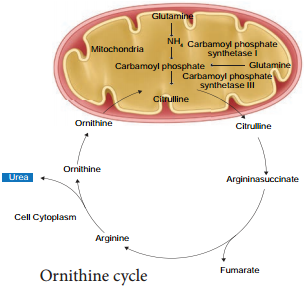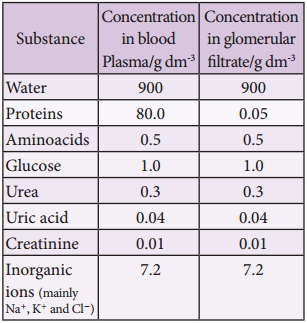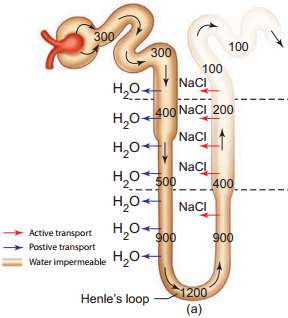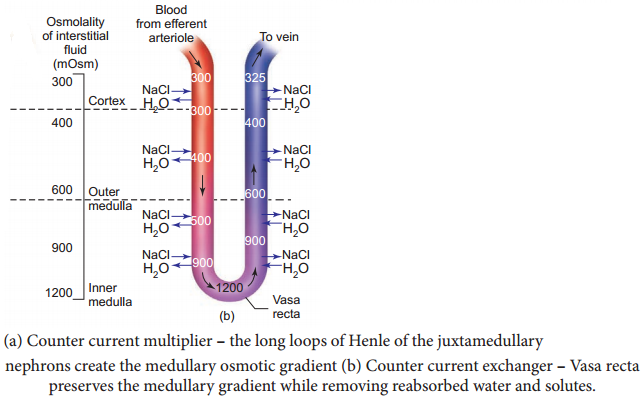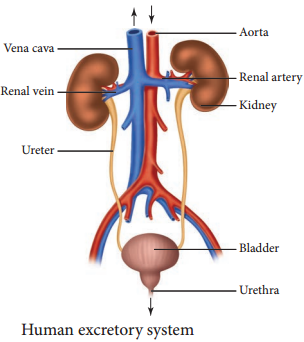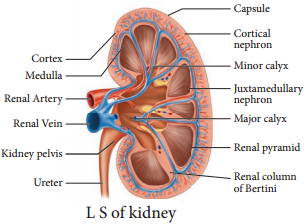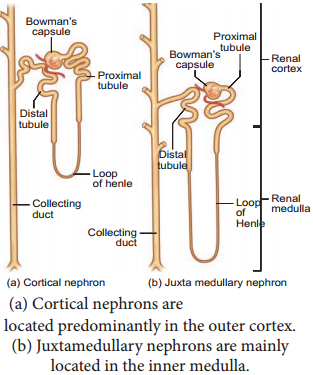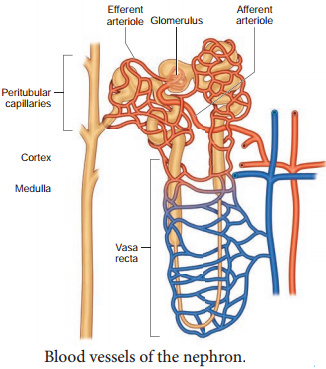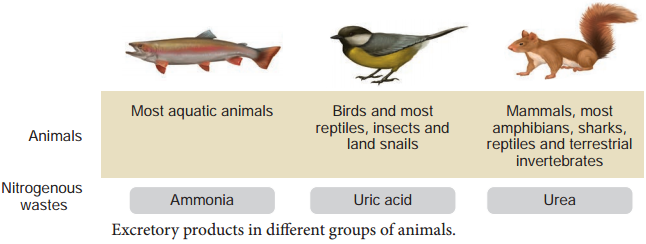Learninsta presents the core concepts of Biology with high-quality research papers and topical review articles.
Types of Muscles and its Uses
Muscles are specialized tissues which are derived from the embryonic mesoderm. They are made of cells called myocytes and constitute 40 – 50 percent of body weight in an adult. These cells are bound together by a connective tissue to form a muscular tissue. The muscles are classified into three types, namely skeletal, visceral and cardiac muscles.
The three main types of muscle include skeletal, smooth and cardiac. The brain, nerves and skeletal muscles work together to cause movement this is collectively known as the neuromuscular system.
The 3 types of muscle tissue are cardiac, smooth, and skeletal. Cardiac muscle cells are located in the walls of the heart, appear striated, and are under involuntary control.
Comparison of Types
- Skeletal muscle
- Smooth muscle
- Cardiac muscle
- Smooth muscle
- Cardiac muscle
Muscle is one of the four primary tissue types of the body, and the body contains three types of muscle tissue: skeletal muscle, cardiac muscle, and smooth muscle.
In the body, there are three types of muscle: skeletal (striated), smooth, and cardiac. Skeletal Muscle. Skeletal muscle, attached to bones, is responsible for skeletal movements.
- Smooth Muscle
- Cardiac Muscle
The strongest muscle based on its weight is the masseter. With all muscles of the jaw working together it can close the teeth with a force as great as 55 pounds (25 kilograms) on the incisors or 200 pounds (90.7 kilograms) on the molars.
The muscular system is composed of specialized cells called muscle fibers. Their predominant function is contractibility. Muscles, attached to bones or internal organs and blood vessels, are responsible for movement. Nearly all movement in the body is the result of muscle contraction.
Muscle size increases when a person continually challenges the muscles to deal with higher levels of resistance or weight. Muscle hypertrophy occurs when the fibers of the muscles sustain damage or injury. The body repairs damaged fibers by fusing them, which increases the mass and size of the muscles.
Skeletal muscles are voluntary muscles under the control of the somatic nervous system. The other types of muscle are cardiac muscle which is also striated, and smooth muscle which is non-striated; both of these types of muscle are involuntary.
Depending on the amount of microscopic muscle damage from any given workout, your muscle cells can take anywhere from one to several days to grow back bigger and stronger than before, which is why most experts don’t recommend working the same muscle group on back-to-back days, he says.
